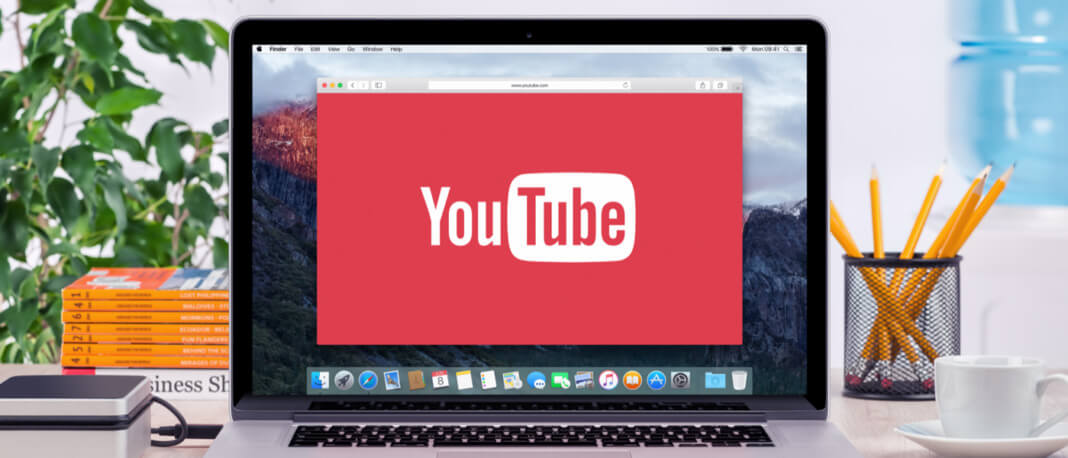The use of YouTube has increased by 15.3% as more and more people continue to follow the stay-at-home rule. Many agencies and brands want to know what most people are watching, why they are watching, and how they feel when they see advertisements.
Two recent surveys by Channel Factory found that most people in the UK and US are using YouTube to find uplifting videos and educational content.
One of the surveys asked 1,000+ viewers in the US what they had been watching in the last two weeks, and the Channel Factory found that 80% of YouTube users go there to improve their moods.
The same survey also found that 69% of the respondent felt that YouTube has more uplifting content than any other social media channel. About 33% of the respondents said that they go to YouTube specifically for COVID-19 content. Here is the breakdown of the findings of this survey:
- 29% are looking for cooking-related content
- 33% are consuming comedy-related content
- 48% are looking for entertainment videos
- 31% are consuming DIY-related content
- 48% are checking out music-related content
It is worth noting that 70% of people aged between 18 and 28 are seeking entertainment content, compared to the general population, whereby 48% is looking for entertainment videos.
This assessment clearly shows that different content has a massive following from various segments of YouTube users.
“YouTube has seen a surge in viewers that are looking to learn, be entertained, and to get good news. This inventory increase means that there is a decrease in typical CPMs for this highly engaged audience. Brands can use contextual targeting to reach the exact audiences they want on very uplifting content for a relative bargain right now,” the founder and CEO of Channel Factory, Tony Chen, stated.
When the audience was asked about the influencers, they are seeking out the most recently, 46% said they were looking for musicians, 30% authoritative news experts, and 40% comedians.
Another survey in the UK that was conducted with 500+ consumers based in the region, and it had the following findings:
- 89% of the consumers want to improve their moods through YouTube
- 81% find YouTube more uplifting than other social media channels
- 70% want ads to boost and align with their moods
- About 60% of the content consumed in the region is music-related
- 26% of the participants expect the ads they watch to be related to what they are watching
- 60% of people aged 18-28 are looking for entertainment compared to 45% of the generation population
What does this mean for brands?
When the audience was asked specifically about YouTube advertising, 29% said that they expect the ads to be relevant with what they are watching while 70% said that they expect the ads to align and boost their moods.
Try as much as possible to curate your ads with alignment with these findings; you will increase the likelihood of connecting with your target audience drastically. And the Channel Factory research also highlights to a significant opportunity for brands to target positive and uplifting inventory on YouTube that:
- Should be contextually relevant.
- Portray content that viewers say they want to see.
Examples of uplifting content in YouTube
YouTube’s Stay Home #WithMe
Google’s Tribute to the Healthcare Community





